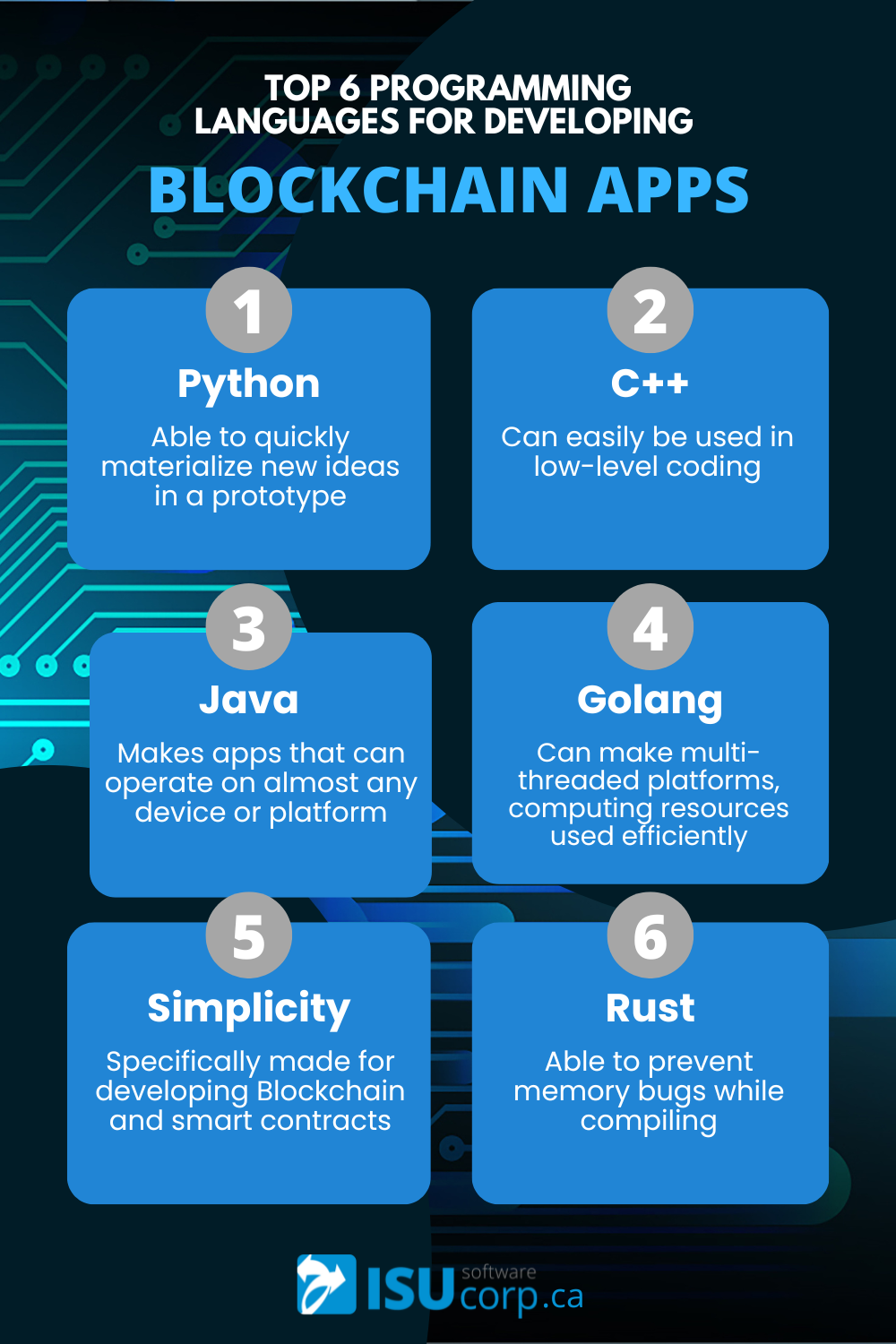Change is an inevitable aspect of running a business. Changes will be good and bad, but the long-term results of change depend on how it’s managed. When it comes to finance, this is something industry professionals have ingrained in their mindset which is what allows them to keep up with the world and market of today.
With the world and culture being interconnected in the way they are presently, there’s been plenty of changes in technology needed for businesses to keep up. Notably, this has brought forth ESG attention which stands for environmental, social, and governance.
ESG is not reserved for those associated with fossil fuels; companies from a wide variety of industries are finding ways to implement these strategies. Among them is FinTech.
Defining ESG
You can think of ESG as a method of regulating a company's operations in the best interest of the environment. The guidelines associated with ESG are essentially a screening process for how a business is operating, what investments they’re looking to make, the kind of materials being used, etc. Deforestation, carbon emissions, and air pollution, for example, all contribute to a company's performance. Why is that?
Public relation is a factor in financial institutions adopting ESG, but it is not the only motivator. The market is hot and highly competitive for these institutions, which means that the operation and performance of companies are not dictated solely by their brand image. How does the company function internally? How do they plan to be in business for the next 30 years? It comes down to these three guidelines:
Environmental: Green initiatives are a major draw today. Companies need to evaluate how their actions are impacting the planet.
Social: How does the organization impact people? This applies to everyone from employees, to the community, and clients.
Governance: Who runs the organization? How do they run it? Transparency is an extremely important factor in operating an organization and it extends beyond the needs of your staff.
How ESG Tech works
As we saw earlier this month, green FinTech is big. It is only continuing to grow and though it’s great to see, this kind of consciousness is branching to other areas for companies. Your business isn’t going to attract growth by simply stating your environmental initiatives. This is about running your organization like a well-oiled machine whose operations are balanced. Here is how software can enhance this for FinTechs:
Creating modules that track the organization's impact on the environment.
Releasing ESG reports based on the institutions' economic activity (this demonstrates transparency).
Offering feedback utilizing IoT technology.
Building platforms that oversee how a business is meeting the ESG criteria.
Evaluating investment risks based on depletion of resources, hazards to the environment, social issues, etc.
FinTech opens businesses to endless opportunities when it comes to ways they can focus on the client side. However, the point we’ve been getting at here is that organizations need to practice what they preach. The front end can be enticing but it isn’t sustainable if the back end isn’t just as well organized. This is why ESG criteria are so beneficial to financial organizations from both ends.
Commonly, this topic is referred to as a business's “corporate social responsibility” (CSR). The simplest way to understand this term is that businesses adjust to the market, not the other way around. At the moment, the market is demanding initiatives aligned with all three pillars, which is why the technology is in such high demand.
Benefits for FinTechs
The most notable benefit when it comes to ESG tech is how it positions businesses in the eyes of investors which is especially helpful for startups. The start of this year alone saw almost $380 billion worth of ESG assets worldwide. In the tagged article, you’ll see that investors called 2022 “the year of ESG investing”.
Customers are the real focal point for FinTechs incorporating ESG tech. Again, it’s all about the internal and external governance of the organization. Research is finding that over 75% of consumers are ready to boycott businesses that fail to treat employees or the environment in the right way.
Where are we now?
ESG tech is by no means without faults for organizations at this point. There is still plenty of work to be done for international markets to have efficient identification methods and avoid disinformation regarding the environment (greenwashing) and PR.
ESG reporting is meant to provide investors and other participants in the market with the necessary information to guide their investment decisions. Ultimately, it is the standardization of these ESG reports that needs work, or they will lose all value.
Methods for measuring performance such as key performance indicators (KPIs) are needed to make these accurate evaluations. It's going to be the organizations that dominate this facet that succeed in using ESG.
What’s next?
ESG guidelines present opportunities for growth in both investors' portfolios and companies' consumer base. ESG technology has still not fully been tapped into in terms of the potential value it can deliver. Like any new technology, it's all about how businesses can integrate it into their platforms. As always, you’ll need a software development team with the skills and experience to bring this to life.
Written By Ben Brown
—
ISU Corp is an award-winning software development company, with over 17 years of experience in multiple industries, providing cost-effective custom software development, technology management, and IT outsourcing.
Our unique owners’ mindset reduces development costs and fast-tracks timelines. We help craft the specifications of your project based on your company's needs, to produce the best ROI. Find out why startups, all the way to fortune 500 companies like General Electric, Heinz, and many others have trusted us with their projects. Contact us here.
















